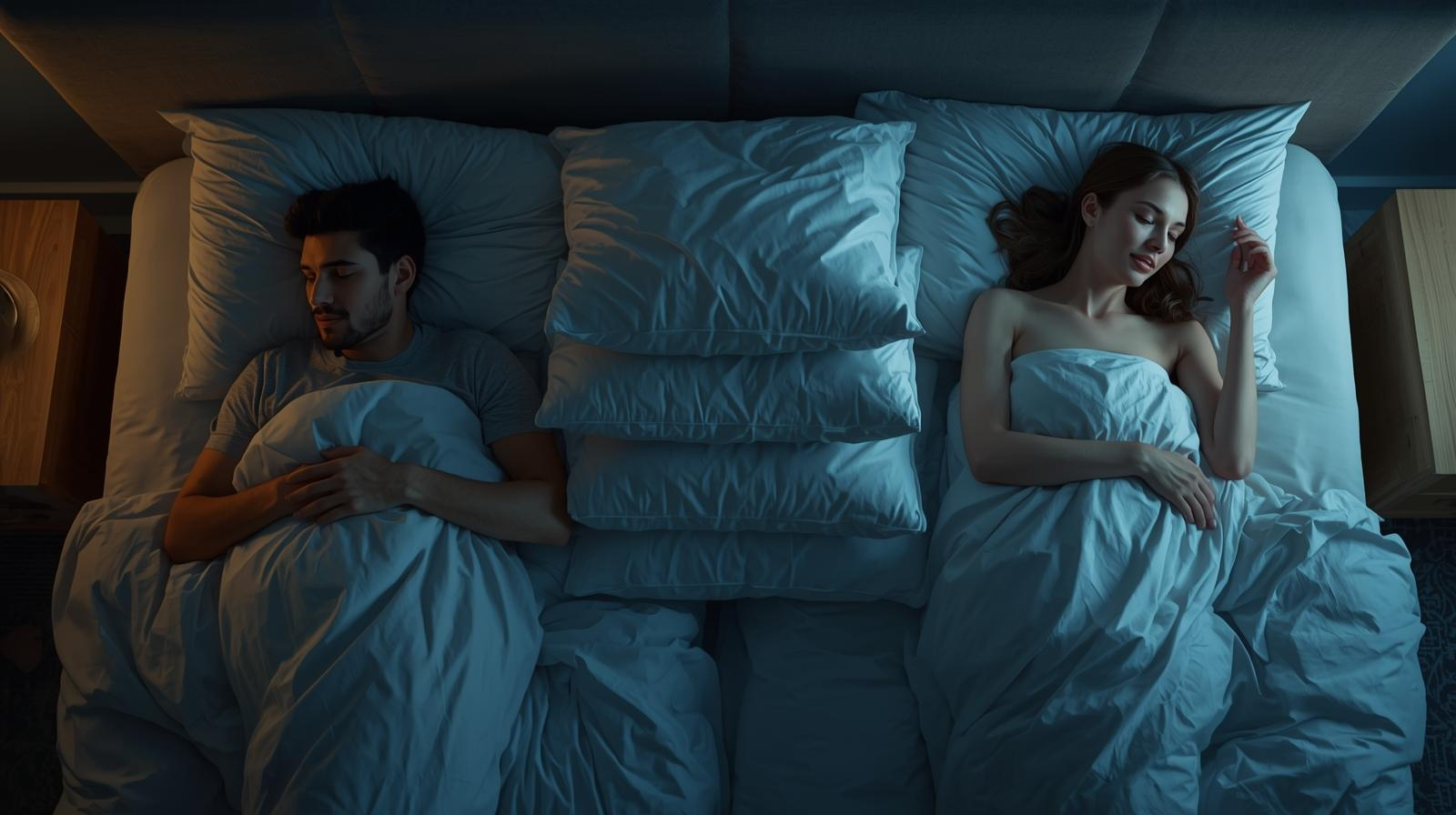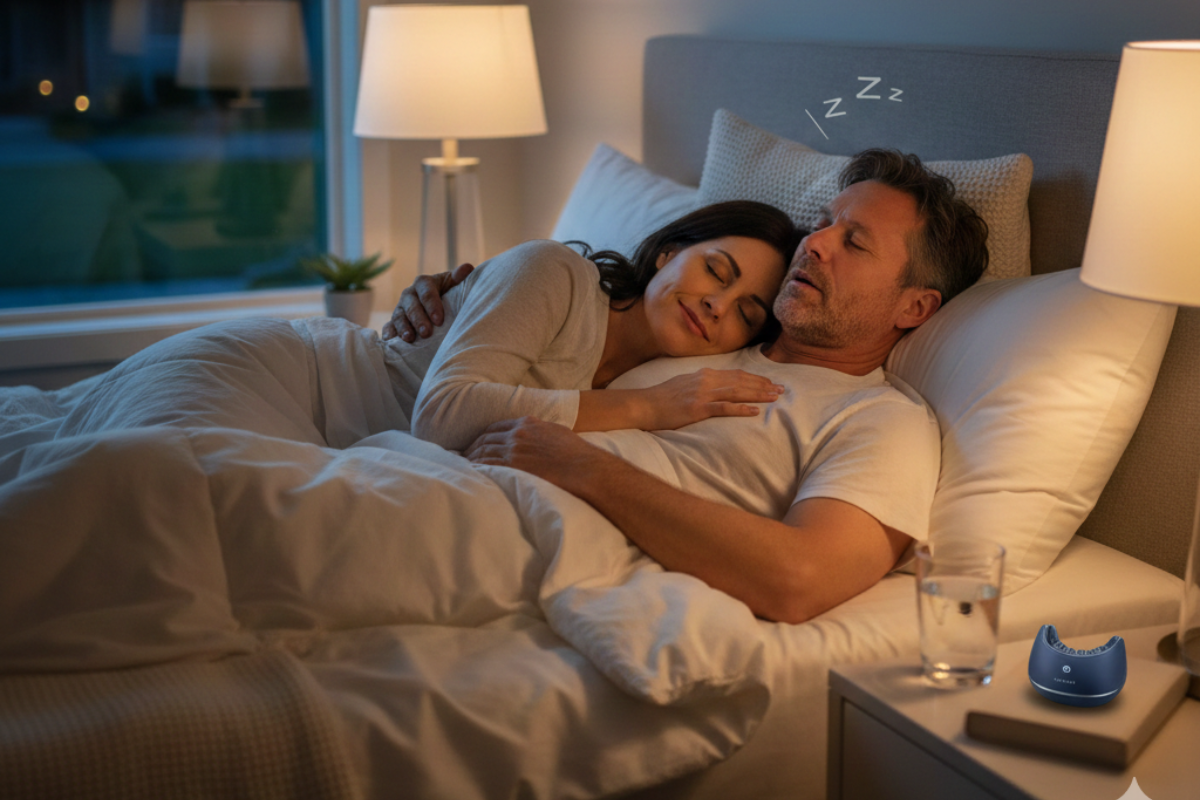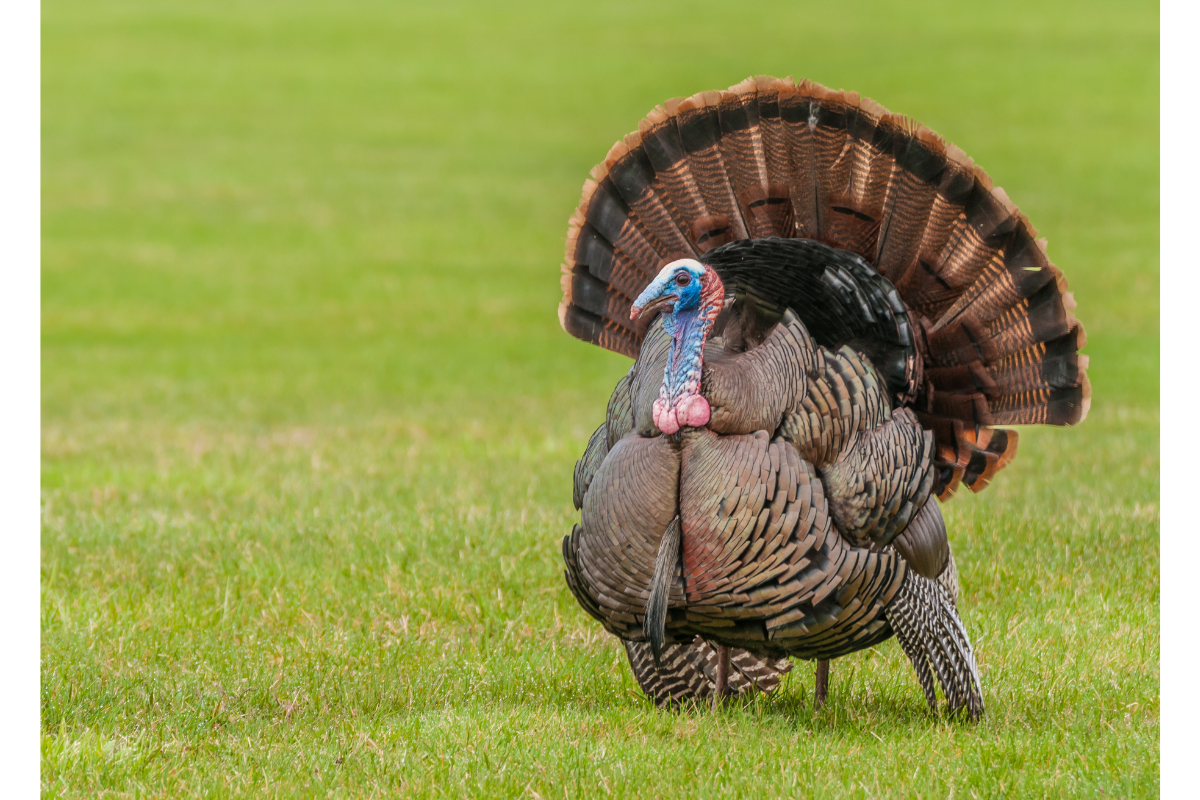Free Shipping - On Orders Over $175 (USA, Canada, UK, & AU)

An Overlooked Cause of Childhood Obesity
March 30, 2017 2 min read
Childhood obesity is growing at an alarming rate with 17% of today’s American youth being obese. As a condition that carries severe long-term health risks, it’s imperative that we explore the more subtle causes and effects of obesity in children. You might already be aware that obesity can cause sleep problems, but did you know that many of the issues surrounding obesity and sleep are circular? In other words, obesity can lead to sleep disorders, but sleep disorders can also lead to obesity. Here are some quick facts to explain the link between obesity and sleep disorders.
Obstructive sleep apnea is prevalent in children with obesity. One of the ways obesity is threatening children’s quality of life is by robbing them of a decent night’s sleep. Six out of 10 obese children suffer from obstructive sleep apnea[1] (OSA). OSA is a condition in which airflow to and from the lungs is prevented, leaving the individual unable to breathe freely during sleep. Children experiencing sleep apnea are continuously taken out of their restful sleep cycle, and as a result, suffer from sleep deficiency.
Sleep apnea leads to reduced daytime activity, leaving children at a higher risk for weight gain. Children affected by sleep apnea are likely to experience daytime sleepiness, making it more difficult for them to exert a lot of energy. This condition makes physical activity challenging, and often leaves children participating in a reduced amount of physical activity, or opting out all together[2].
Sleep apnea and other sleep-related disorders have negative effects on metabolism. Research has proven that lack of sleep can weaken an individual’s metabolism and impair the body’s ability to process sugars effectively. In some cases, this problem has escalated to the same level as diabetics[3].
While sleep apnea and other sleep disorders can be a byproduct of obesity, addressing these concerns is often an effective way to start treating the obesity itself.
There are several sleep apnea treatments available, and while many opt for a tonsillectomy, this procedure tends to be less effective with obese children. Alternatives such as CPAP therapy, nasal corticosteroids and mandibular displacement appliances are all viable options, however, many of these treatments are costly and/or associated with minor risks. Though not extensively tested with children, tongue stabilizing mouthpieces such as the Good Morning Snore Solution appear to be the most cost-effective and minimal-risk treatment for sleep apnea.
References: [1] Schwengel DA, Dalesio NM, Stierer TL. Pediatric obstructive sleep apnea. Anesthesiol Clin. Mar 2014;32(1):237-261. doi:10.1016/j.anclin.2013.10.012 [2]National Sleep Foundation. Obesity and Sleep. 2003; https://sleepfoundation.org/sleep-topics/obesity-and-sleep/page/0/1 [3] National Sleep Foundation. Obesity and Sleep. 2003; https://sleepfoundation.org/sleep-topics/obesity-and-sleep/page/0/1
Also in Blog

💨 Are Your Nighttime Breathing Issues Robbing You of Your Health and Your Energy?
December 12, 2025 3 min read
Breathing issues during sleep, collectively known as sleep-disordered breathing, are a major public health concern.

Is Your Snoring a Sign of Something More Serious? Unpacking the Science of Sleep
December 05, 2025 3 min read
When you snore, what's actually happening?

Can Turkeys Snore Or Get Sleep Apnea?
November 26, 2025 2 min read
Join our Insiders Club
Every week you will receive specials, discounts, and giveaways.
Categories
- Better Sleep
- depression
- Fitness
- funny animal
- Global Citizenship
- health
- Mental Health
- mouthpiece
- nutrition
- pillow
- Productivity
- relationships
- sleep
- sleep apnea
- sleep deprivation
- Sleep Tech
- snoring
- snoring humor
- snoring jokes
- snoring sounds
- stop snoring
- StopSnoringStartLiving
- technology
- Tongue displacement
- travel
- video
- Young Adult
Recent Articles
- 💨 Are Your Nighttime Breathing Issues Robbing You of Your Health and Your Energy?
- Is Your Snoring a Sign of Something More Serious? Unpacking the Science of Sleep
- Can Turkeys Snore Or Get Sleep Apnea?
- Foods from Every Food Group which Promote Sleep
- How Weather Changes Ruin Our Sleep (And How To Fight It)

